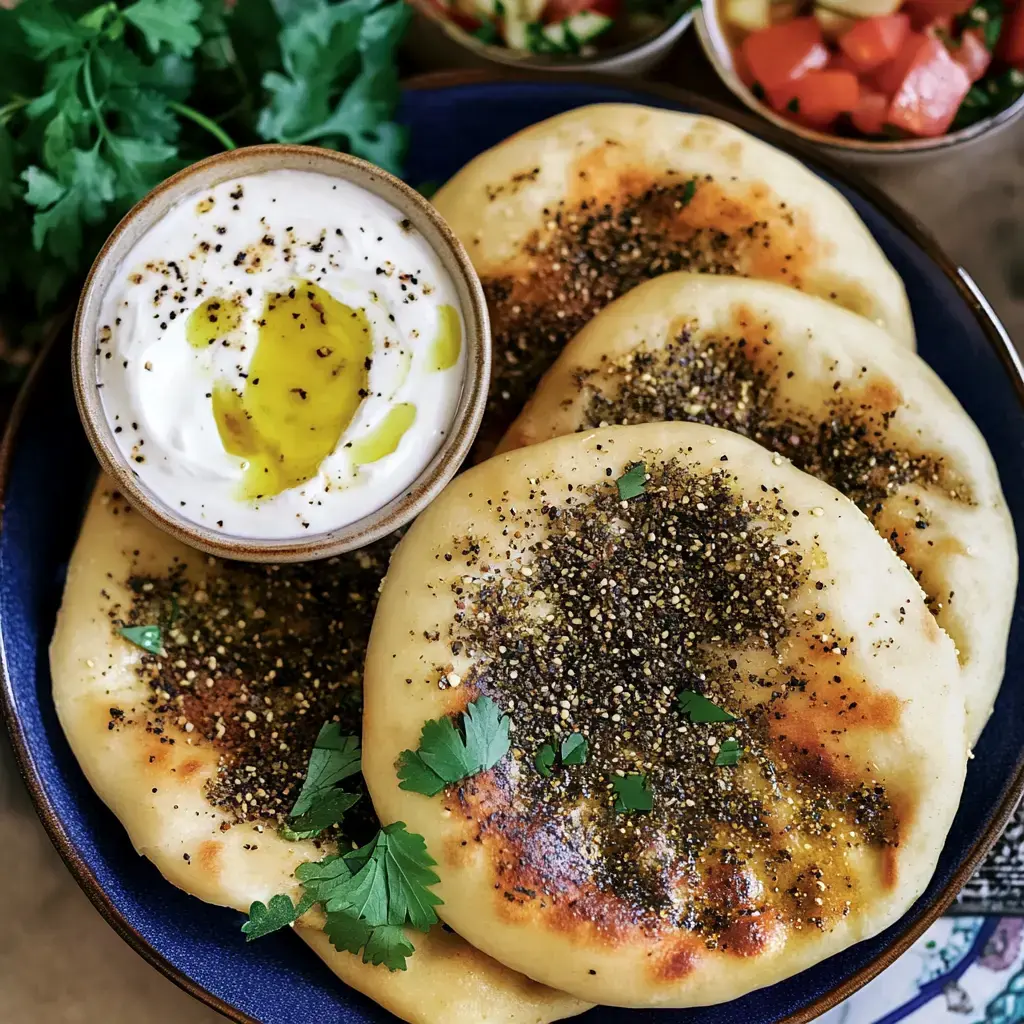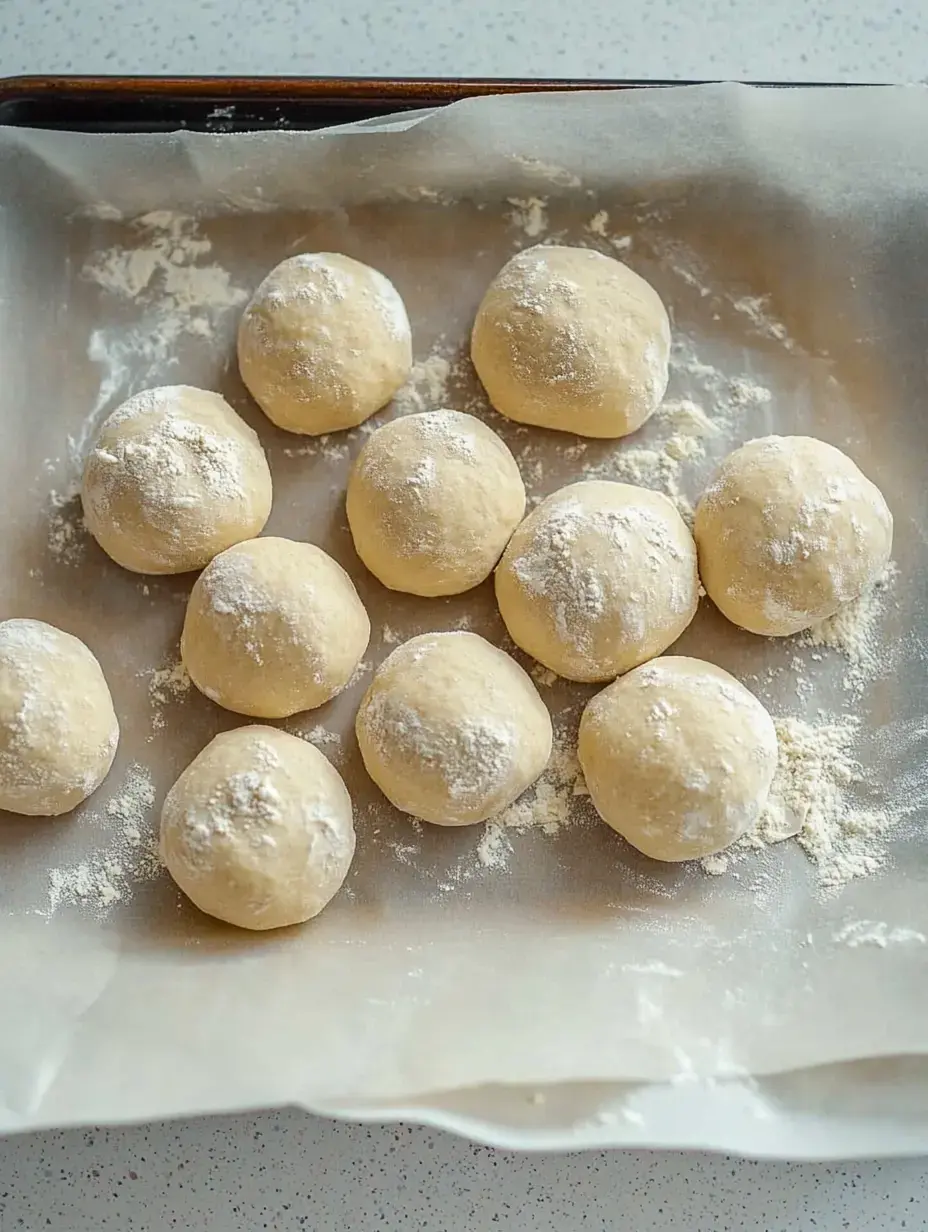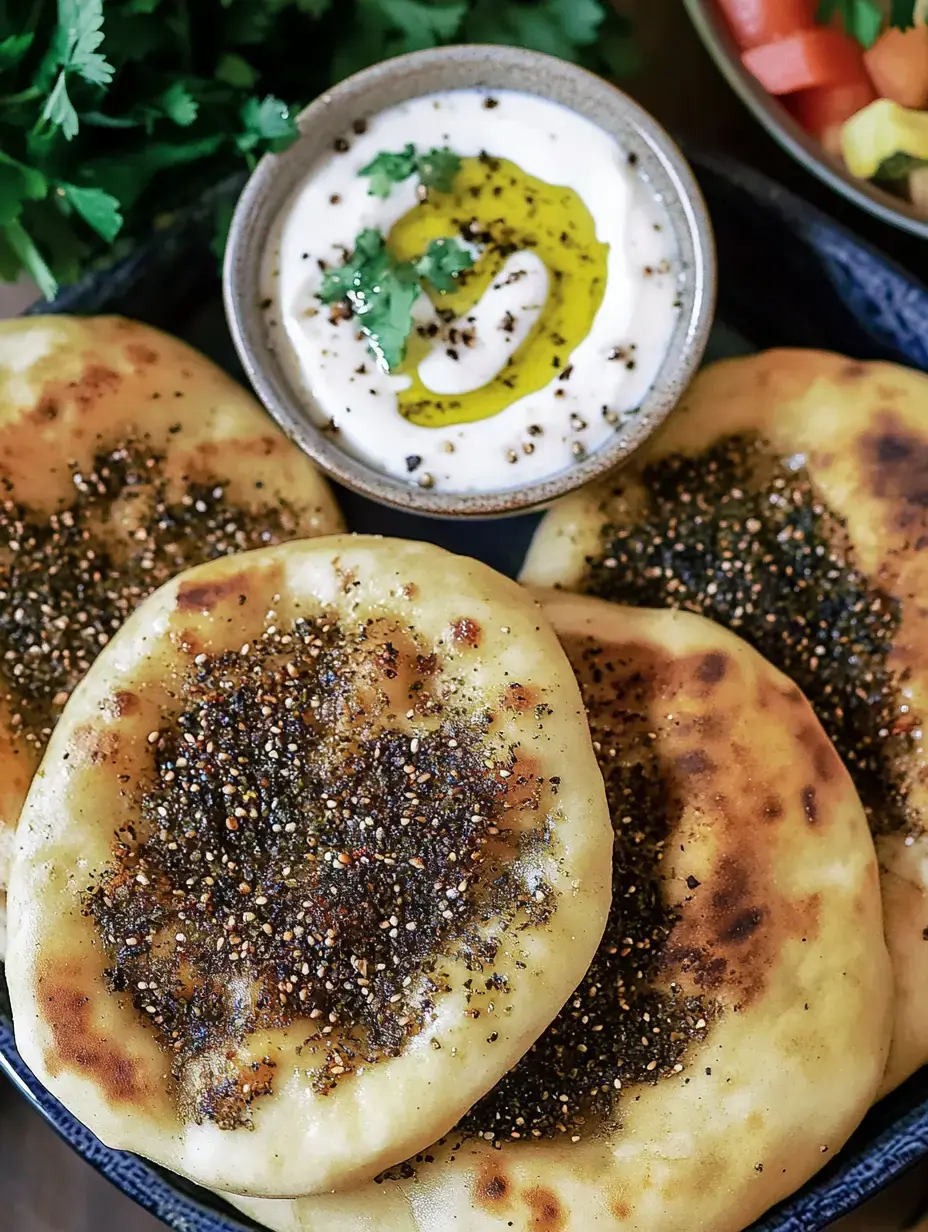 Pin it
Pin it
Today my kitchen's full of Levante scents as I whip up Manakish with Zaatar, a treat that always takes me back to my Middle Eastern adventures. You just can't beat that combo of puffy flatbread topped with zesty Zaatar spice mix. When that smell fills the house, everyone suddenly appears in the kitchen!
The Wonder of Zaatar
Zaatar has totally won my heart as a spice blend. Once you try that mix of sumac, thyme and toasted sesame, you're hooked for good. Every time I blend these spices together, the most amazing smell fills the air. I never let my Zaatar supply run out – it just makes everything taste better.
What Sets Manakish Apart
For me, Manakish truly shows what hospitality means. People in the Levant usually have it for breakfast, but we enjoy it anytime of day. We keep things interesting with different toppings like Zaatar, cheese, or spicy lamb mince. It's the variety that makes it so exciting.
My Top Ingredients
When making Manakish in my kitchen, I only go for top-notch stuff. You need fresh dry yeast so your dough rises well. I always sift the flour to get that extra fluffiness. Good olive oil matters most – it's what gives everything the right flavor. I prefer making my own Zaatar mix whenever possible.
Getting Your Dough Just Right
Making the dough feels like a mini meditation session. First, I wake up the yeast in warm water with a tiny bit of sugar. When it gets foamy, that's my signal it's ready. The kneading really matters – at least ten minutes until it looks silky and shiny. Then comes my favorite part: watching it rise in a warm corner of my kitchen.
Creating A Tasty Zaatar Spread
My Zaatar spread needs careful attention. I add olive oil drop by drop until it feels just right. Not runny, not too thick – more like a smooth pesto. The smell that comes out during this process is just amazing.
 Pin it
Pin it
Flatbread Formation
I really enjoy dividing the dough. Depending on the occasion, I shape either big or small flatbreads. I gently press little dents with my fingertips where the tasty oil will collect later. Each flatbread turns into its own little work of art.
The Zaatar Touch
Spreading the Zaatar is my favorite step. I use circular motions to coat the flatbreads with the spicy paste. I leave the edges clean so they'll get nice and crispy later. Each flatbread gets its own special dose of spice.
Timing The Bake
I cook my Manakish at 220 degrees in my oven. After about eight minutes I take my first peek. You want golden brown edges but the middle should stay soft. The smell that fills the kitchen then is just heavenly.
How I Serve Them Up
In our house, Manakish go straight from oven to table. I put out fresh veggies, homemade yogurt, and creamy hummus alongside. It's a treat for all your senses. My family can barely wait until all the sides are ready.
A Time-Honored Custom
While baking Manakish, I often think about its history. In the old days, families would bring their dough to community ovens. Now I do everything in my own kitchen, but that same warmth and love remain.
Mix It Up With Toppings
I love trying different toppings in my kitchen. Sometimes I'll use tangy Akkawi cheese, other times a spicy lamb mixture. My kids go crazy when I combine Zaatar with cheese. Each version has its devoted fans.
My Signature Zaatar Blend
I like to mix my own Zaatar. I've spent years getting the ratio just right: three parts sumac, two parts toasted sesame, one part thyme. Sometimes I throw in a bit of marjoram too. Kept in a jar with a tight lid, this mix lasts forever.
 Pin it
Pin it
Mastering The Kneading Trick
Your dough needs both care and patience. I knead it for at least eight to ten minutes, sometimes longer. I can feel it becoming smooth under my hands as I work. The temperature must be just right – yeast hates it when things get too cold or too hot.
Getting The Texture Spot On
With Zaatar paste, it's all about balance. I add olive oil drop by drop until I hit that sweet spot. It should look like a creamy pesto – not too runny, not too stiff. You'll develop a feel for it over time.
For Special Gatherings
When friends come over, I make mini-Manakish. These small flatbreads are great for sharing and look fantastic on a buffet table. With assorted toppings, they turn into a colorful mezze spread that wows everyone.
Tasty And Nutritious
What I really dig about Manakish: they taste awesome and they're good for you too. The spices pack loads of antioxidants, the olive oil gives you healthy fats. I sometimes use whole wheat flour to make them even more nutritious.
Smart Leftover Ideas
Manakish work wonders for using up leftovers. Any spare veggies, chopped meat, or cheese bits find a new home here. That's often how the most creative versions come about.
Fresh Takes On Tradition
While I love the classics, I enjoy trying new stuff too. For my vegan buddies, I swap in plant-based cheese; for gluten-free folks, I use special flour. The core idea stays the same – I just tweak the ingredients to fit everyone's needs.
 Pin it
Pin it
Ideal Grab-and-Go Food
Manakish is my go-to for packed lunches. These flatbreads stay moist and taste fantastic even when cold. My kids always smile when they find Manakish in their lunchboxes. It's like sending a little piece of home with them.
Frequently Asked Questions
- → Was genau ist Zatar?
Zatar ist eine Mischung aus orientalischen Gewürzen wie Thymian, Sumach, geröstetem Sesam und weiteren Kräutern. Es verleiht dem Brot seinen unverkennbaren Geschmack.
- → Warum lasse ich den Teig ruhen?
Ruhezeiten sorgen dafür, dass die Hefe ihre Arbeit macht und der Teig aufgeht. Dadurch wird das Brot später weich und fluffig.
- → Kann ich andere Beläge nehmen?
Klar, klassisch sind Zatar, aber Käse, Hack oder auch Gemüse passen super. Zatar bleibt aber der Klassiker.
- → Wie bleibt Manakish frisch?
Frisch aus dem Ofen schmeckt’s am besten. Du kannst es auch einen Tag in einem Behälter aufheben und vorm Essen aufwärmen.
- → Geht der Teig auch auf Vorrat?
Absolut, du kannst den Teig im Kühlschrank über Nacht aufbewahren. Warte aber vor dem Verarbeiten, bis er Raumtemperatur hat.
Conclusion
Luftiges arabisches Fladenbrot (Manakish), bestrichen mit Zatar-Gewürzen vermischt in Olivenöl. Der Hefeteig ist leicht zuzubereiten.
